Scientists have retrieved microscopic particles from the Pacific Ocean floor, potentially remnants of an extraterrestrial object that impacted Earth nearly a decade ago. Harvard Professor Avi Loeb led the expedition off the coast of Papua New Guinea, focusing on the path of a 2014 "runaway fireball" designated IM1. The team collected 50 spherules, resembling dust specks, with a combined weight of 35 milligrams.
Professor Loeb, in a video interview, described IM1 as possessing unusual material strength, exceeding that of space rocks analyzed by NASA. This characteristic, combined with the object's high velocity, suggests an origin outside our solar system, possibly even from an extraterrestrial civilization. The recovered particles, viewable only under a microscope, are spherical and described as "perfectly round."
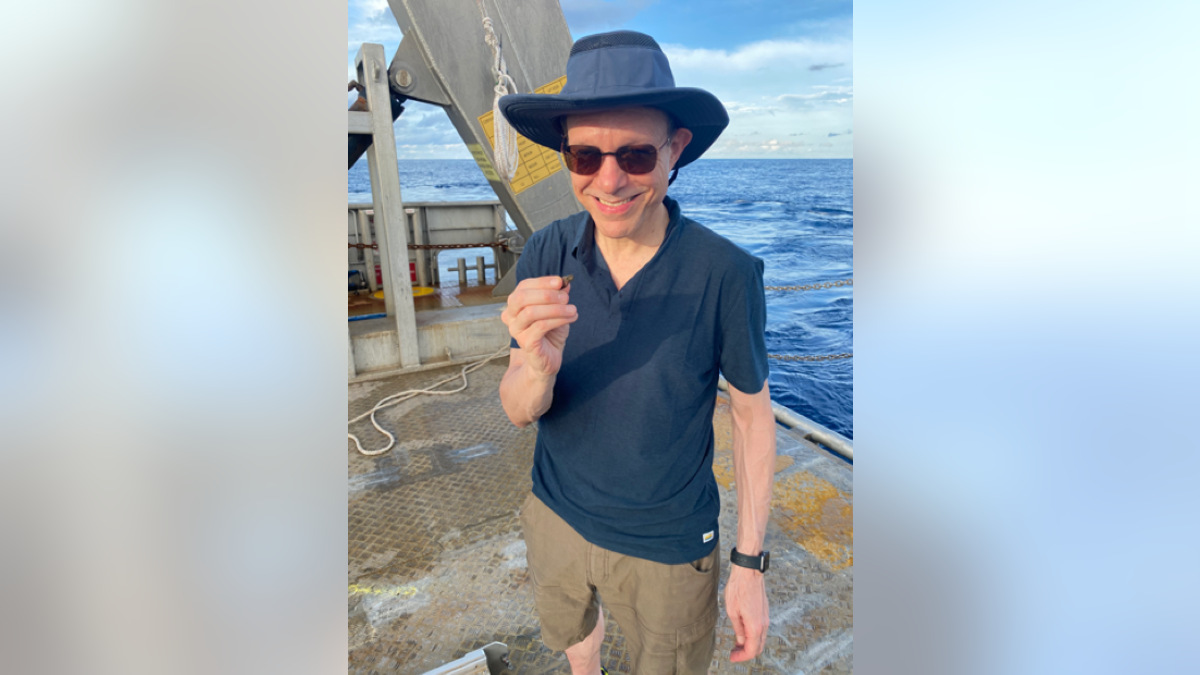
Avi Loeb holds the 10-gram iron peanut that he retrieved from the sled magnet. (Avi Loeb/Medium.com)
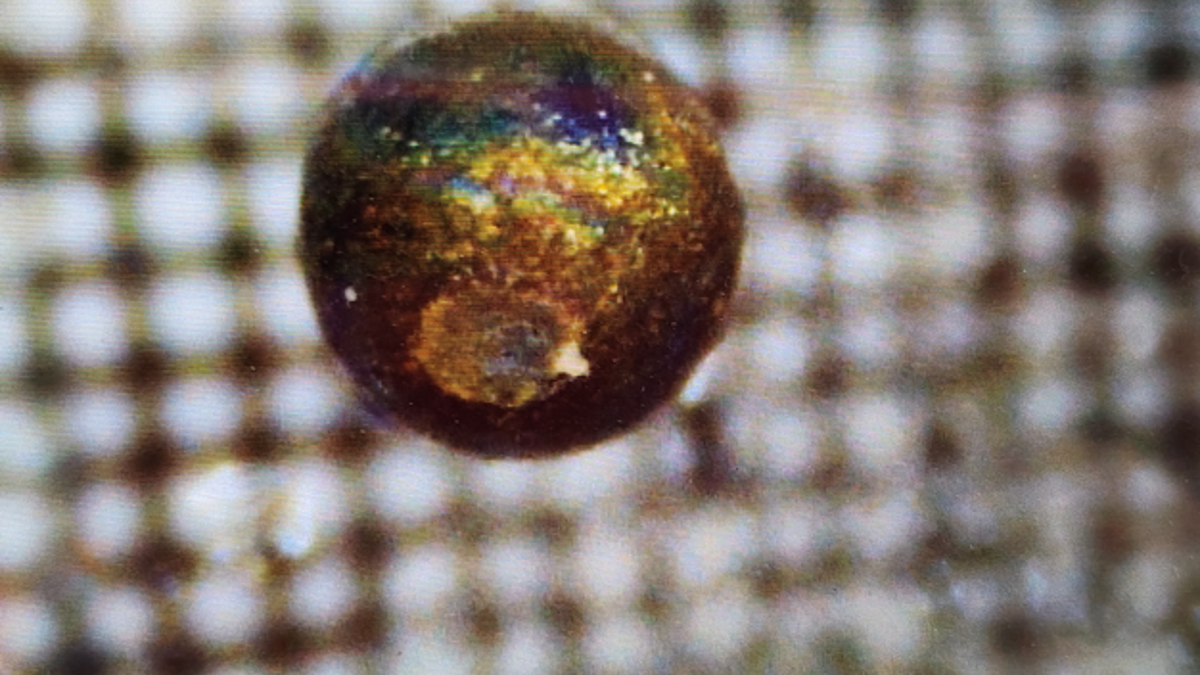
A microscopic spherule, potentially from the interstellar meteor IM1. (Avi Loeb/Medium.com)
Loeb likened the particles to molten raindrops, hoping they will provide clues to the object's source. This discovery could mark the first instance of humans handling interstellar material. The team employed a large magnet to gather the particles, which were found exclusively along IM1's projected trajectory.
The expedition is set to conclude soon, with subsequent analysis of the spherules' composition. The findings will be documented in a peer-reviewed publication. Loeb emphasizes the historic nature of the expedition, aiming to address the fundamental question of humanity's place in the cosmos.
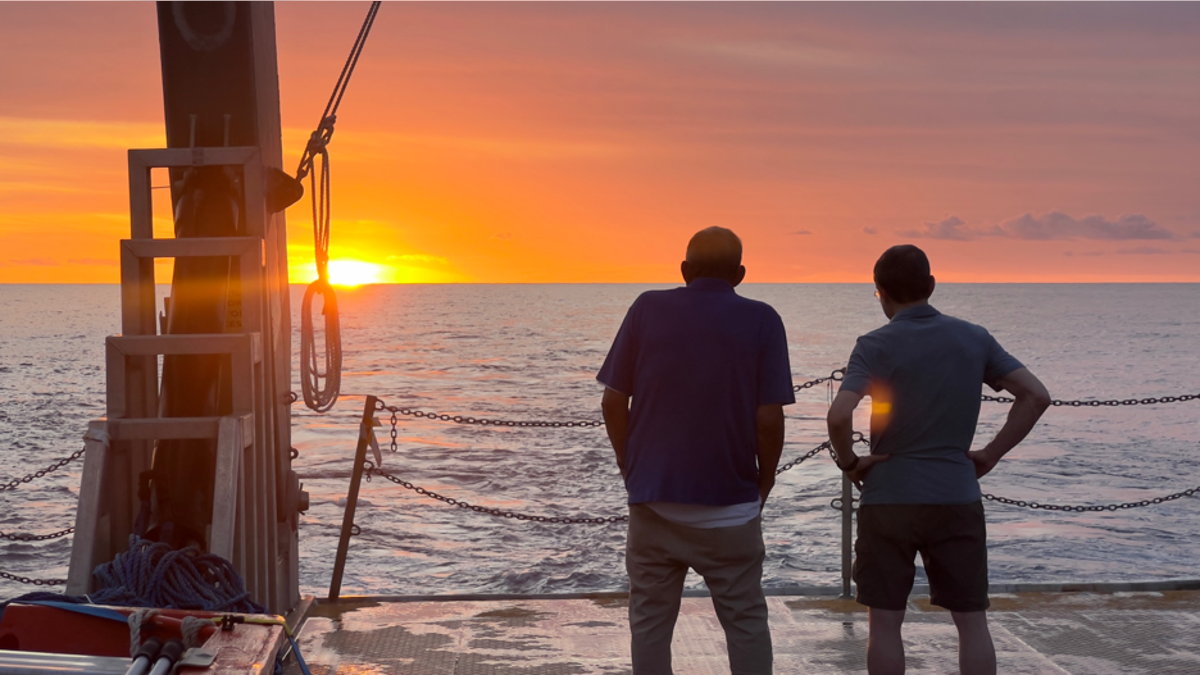
Sunset at the conclusion of the Interstellar Expedition. (Avi Loeb/Medium.com)
Initially categorized as a meteor, IM1's unusual speed and trajectory led Loeb and his student, Dr. Amir Siraj, to propose an interstellar origin. The Space Force confirmed these findings to NASA last year, initiating the expedition. Despite initial setbacks, the team persevered, culminating in the discovery of the microscopic spherules. Loeb views this as opening a new window into the universe, allowing us to study interstellar objects not through telescopes, but through microscopes.

Avi Loeb working on the recovered objects. (Avi Loeb/Medium.com)
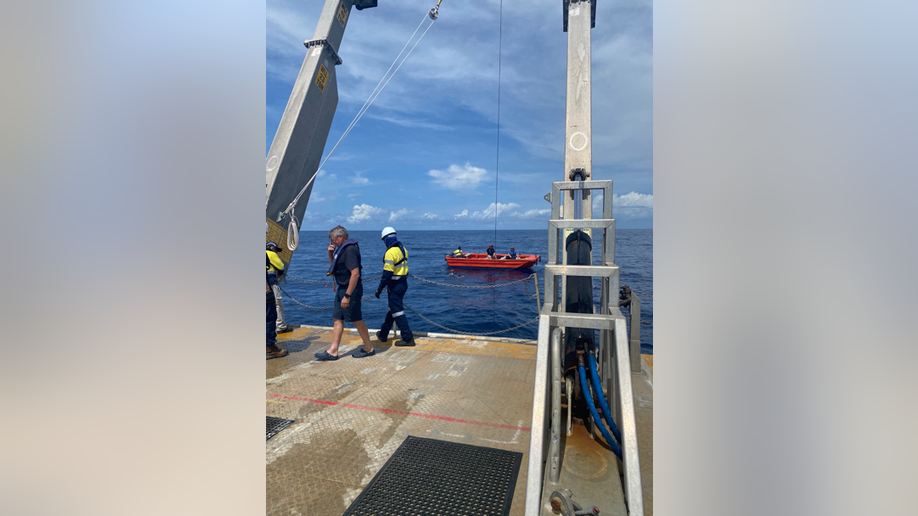
The magnetic sled used in the expedition. (Avi Loeb/Medium.com)
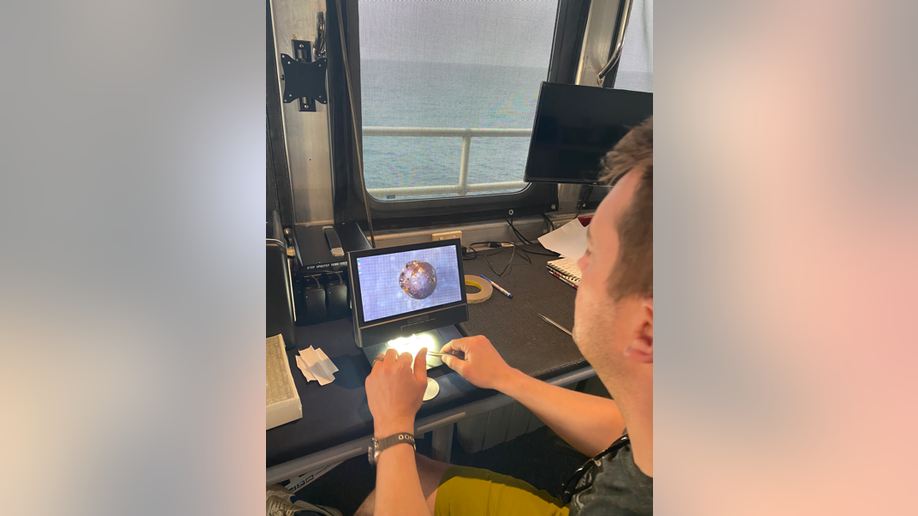
Microscopic image of a spherule. (Avi Loeb/Medium.com)
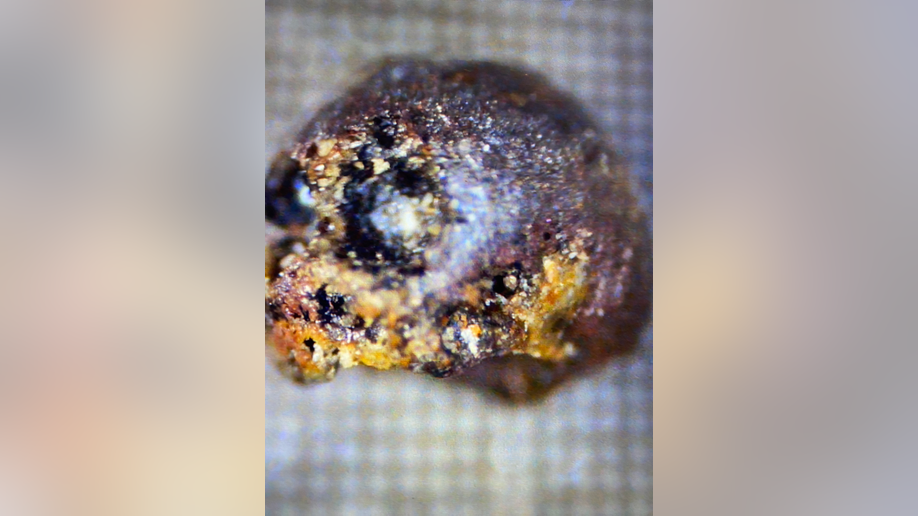
The largest spherule found. (Avi Loeb/Medium.com)
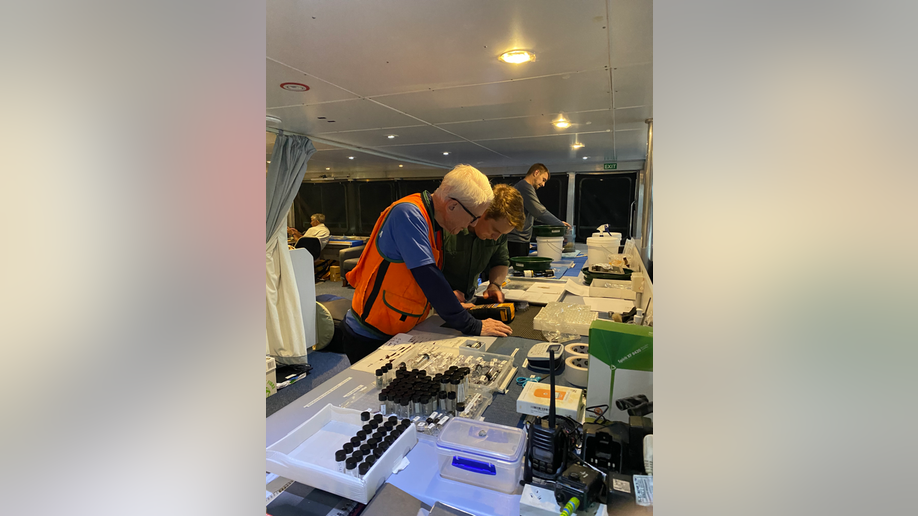
The analysis room on the expedition boat. (Avi Loeb/Medium.com)
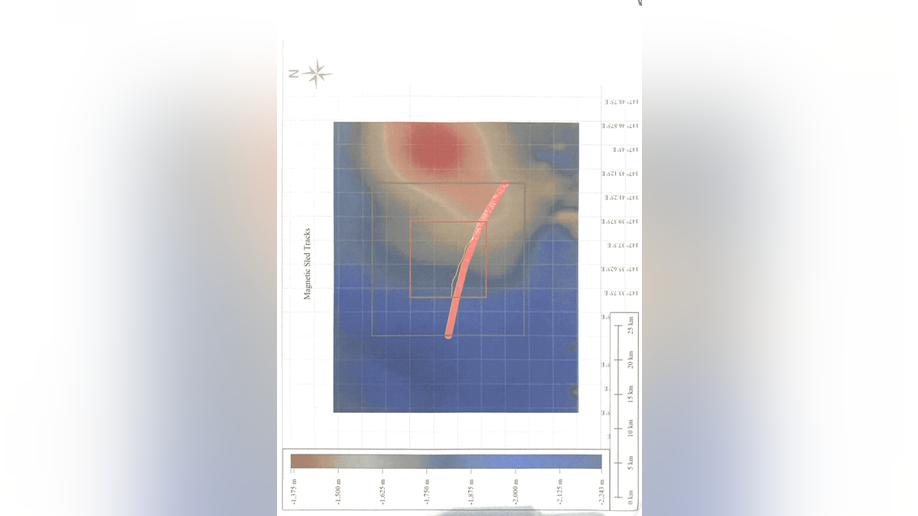
Likely path of the interstellar object. (Avi Loeb/Medium.com)
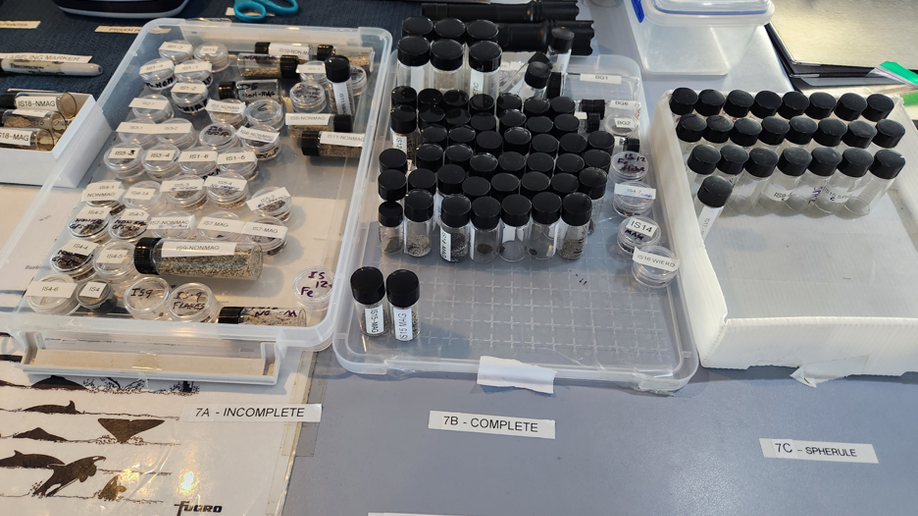
Vials containing the collected samples. (Avi Loeb/Medium.com)
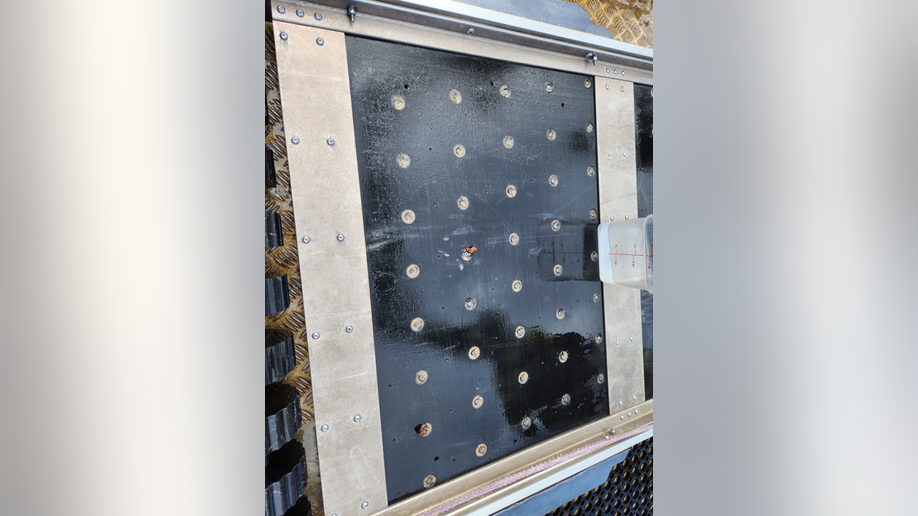
The magnet sled. (Avi Loeb/Medium.com)
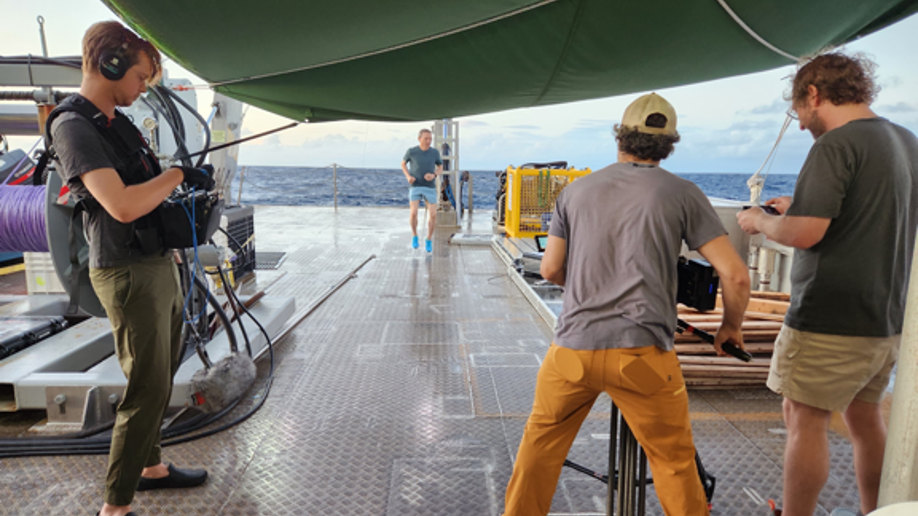
Crew members operating equipment. (Avi Loeb/Medium.com)
Comments(0)
Top Comments